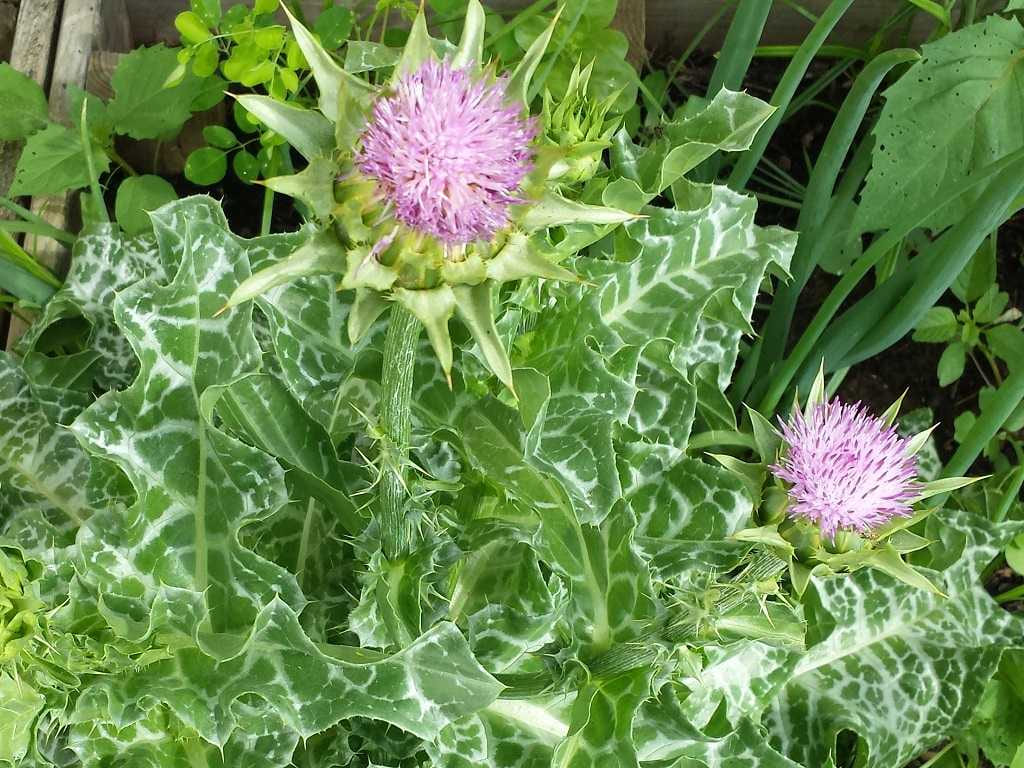Purely Speculation
For a fascinating thought experiment, go to Genesis 3 where you will find this verse: “Cursed is the ground because of you; In toil you will eat of it all the days of your life. Both thorns and thistles it shall grow for you…” To many, this is a story that highlights the fall of man and their subsequent exit from the paradise of Eden. In this story we read that a profound exchange took place; Eden in exchange for agriculture.
"But a weed is simply a plant that wants to grow where people want something else. In blaming nature, people mistake the culprit. Weeds are people's idea, not nature's."
Eden appears to be a great example of a Perma Farm, the mystery of God through nature providing for every need. After the exit from Eden, according to the Bible, and we could say, according to the written accounts of human history from the taker's perspective, it appears that there indeed was a time when a growing segment of the population seems to have chosen the toil of agriculture, over what could be described as a hunter-gatherer way of life. Humans started turning over of soil, and as a consequence of this act, the bare earth was exposed to the elements. It just so happens that a fascinating characteristic of Thistles is that they love to make their home on disturbed and overused land, i.e. agricultural lands.
"There is a way that nature speaks, that land speaks. Most of the time we are simply not patient enough, quiet enough, to pay attention to the story."
Though purely speculation, what if the story about man being thrown out of the Garden of Eden was because man began enacting a story where he no longer trusted in the mystery of God through/in/as nature, but rather, trusted in his own ability to control and rule the world? What if he became overly fixated on his part, mistaking it for the whole? What if this period of time was the start of the agricultural revolution, where man no longer trusted in the free gifts of God that were given without toil or control, and instead chose to control, to wage war with nature, tilling and sectioning off the land for themselves, claiming ownership of it? What if the storable and tradable commodities of grain that this control birthed, also brought with it diseases, armies, governments, and slaves? What if the Genesis account is a warning about the stories that we hold to, teaching us that as long as we hold to the story of control, we will be forever bound to its consequences? And what if one of the consequences of thriving on the disruption and destruction of natural processes is to always be caught up in a war with thorns and Thistles? "By the sweat of your brow...until you return to the ground..."
"Man is the most insane species. He worships an invisible God and slaughters visible Nature... without realizing that this Nature he slaughters is the invisible God he worships."
If there is any truth in this speculation, then that truth would be pointing to a larger story at work here, a story that we once knew but have long since forgotten. It would be a story that no longer sees the Thistle as an enemy, but as a teacher who is constantly pointing to that great lie that we have been tricked into believing.
"We have enslaved the rest of the animal creation, and have treated our distant cousins in fur and feathers so badly that beyond doubt, if they were able to formulate a religion, they would depict the Devil in human form."
But this teacher does not stop here, for when you start to catch a glimpse of just how beneficial this plant is, it should then be clear why this plant would need to guard itself from being eaten to extinction.
"The Leaver life-style is not about hunting and gathering, its about letting the rest of the community live, and agriculturalists can do that as well as hunter-gathers. It's not the answer but it's a step in the right direction, for there is no escape, there is no jungle to run to, at best since we have destroyed nature, we must activelly participate in its renewal."

